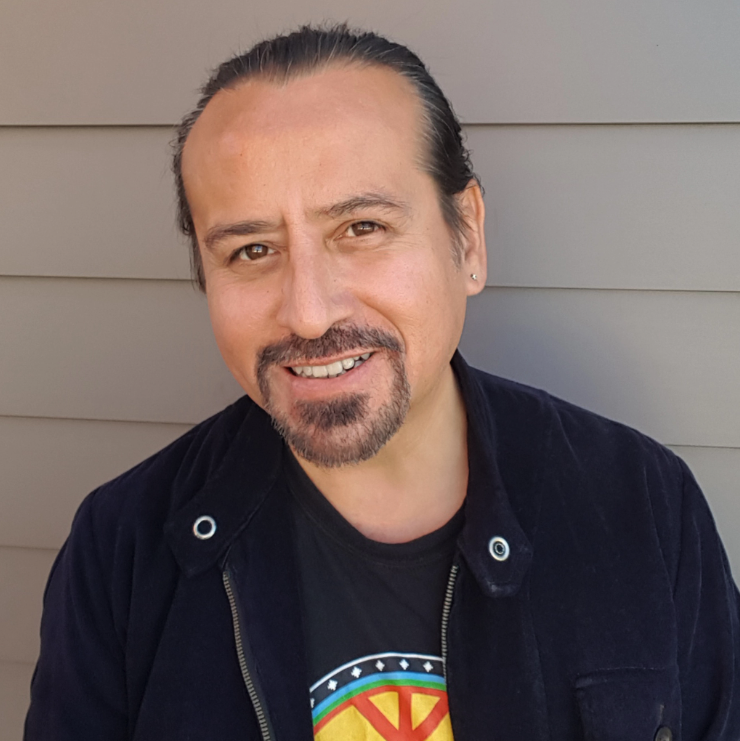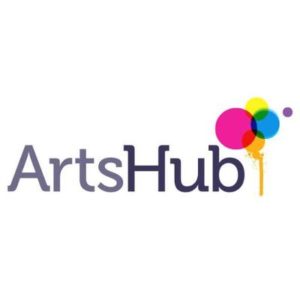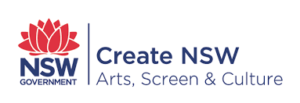A can of sardines was infrequent but a welcome luxury. There came the sleeping rough days, sneaking into office rooms and halls for some near shivering shut-eye. I had gathered film rejection notices from government funding bodies stacked so high that I could build my Earthship. I had studied, been a firsthand witness to the pre-Trumpian wall erected around people of diverse backgrounds in accessing the machinery of production. Exhausted from being an outsider, I discarded the tormenting letters.
After 20 years wandering in ever receding circles, this one austere dream came true. With the leg-up from a generous insider, I was admitted to the chosen club, working on the payroll of an Australian feature film. Me? I was walking through that wall, and no one said: ‘Get out!’
What was I going to wear? Couldn’t look like an ethnic. I had to be clean, no eccentric patterns on my clothes, no slip-on shoes. No outlandish shell necklaces, no leather flat caps, no Latino Indigenous Alpaca vests.
As Steve R E Pereira wrote on Cinespace in 2019: ‘ the ethnic community under scrutiny is depicted as being paralysingly tradition-bound, locked in a fossilised nostalgia for the old or “home” country.’
Not me. I was going to become invisible. I didn’t want to be disparaged among these substantive film people from the unattainable eastern suburbs condos in Sydney. These graces are habitually impeccably dressed in the softest linen, neckerchiefs, blindingly good teeth (money for dentistry) and their bouffant shivering in the wind, dancing in the sunlight.
What joy to be creating with obvious professionals. So I dressed appropriately, launched onto the ever-late train and soon was riding the sardine packed bus to Fox Studios Sydney. This 2015 film was fully funded. Everyone was handsomely remunerated, with me a script supervisor. Sensational. All catered too. Fine cuisine. Orana film trucks huddled in the morning mist. Maybe I wasn’t an outsider anymore. With my laminated ID card, I strode onto the grounds where dreams are created. I had won the film lottery. I met the team, introduced to the Caucasian Aussie Art Director.
‘No, no, no,’ she protested. ‘What is your English name?’
Gobsmacked, speechless, I blushed from the humiliation. I knew I could never be invisible because they could all see I did not look or sound like them. I carefully repeated my name, this time with gusto. A proud name, like any other proud unpronounceable name.
Stronger than ever in my identity, I prepared myself for the next indignity. A white Australian actor was cast as a Brazilian barista. He entered the set wearing painted tan skin. Naturally, all Brazilians have a tan or have African heritage. And the actor was playing a mishmash accent. Perhaps all the Australian Brazilian actors had too turned invisible? Gritting my teeth, I was livid. Nothing had changed.
Who decides?
Who has the right to strip an Australian from participating in an Australian identity? What is an Australian? In front and behind the camera? These are ongoing questions as the big Australian boat sails on in the 21st century and beyond. It is not pausing to pick up ‘others’ in their identity life rafts, left in the rough wake.
As the Year 11 student Laura Leighton wrote in 2009: ‘the identity of modern Australia is a rich mosaic of different cultures, different generations, different lifestyles – different people. What seems certain is that in the 21st century, there is no such thing as a “typical Australian”.’
There’s the seemingly evolving definitions of ‘non-typical Australians’. We were immigrants, ethnics, wogs and persons of ethnic persuasion. Then NESB types, CALD types as suggested, AEDMM (Australians Ethnically Diverse and Different from the Majority). Positioned as outsiders from a perceived majority of a ‘typical Australian’.
We’re the non-existent people. We should not be heard, nor seen. We might be colourful backdrops, minor characters in a mythic story of Caucasian dramatic catharsis.
If one blinks you might not see us. We are there though, between the rolling 4K full frame sensors on the Australian feature film screen. You just can’t see us. Catch another Australian film and behind the white male actor jogging, there was an ethnic on a bench having a serene moment but she’s not there now. She got rubbed out. She should not have been there to spoil the ‘Australianness’ of the proscenium midshot.
There’s this other stupendous scene at a dreary train station where a white male ponders robbing a bank to sustain his heroin habit. It’s all very dramatic. Behind him, there used to be a AEDDM guy laughing on the phone, chatting to his mum. But he got rubbed out also. They don’t belong in the scenes. There is no sense of space or place for their representation. They skew the ‘Australianness’ all up.
And if they’re behind the camera and acting as creators, then all hell would erupt. Vesuvius. All the Caucasian Australian identity would be wrought asunder in a Pompeian pyroclastic flow of ethnic persuasion. No, they’d really misrepresent the ‘typical Australian’ with their ‘non-Australian’ take on being and living. The bush and the suburbs would be mutilated too.
Let’s put it down to unconscious bias, shall we? I repudiate that wholesale. The evidence for something systemic is in and available for a longer academic discourse.
Values
The Home Affairs website for Australian visa applicants states that one of these ‘values’ is the ‘equality of opportunity for all people, regardless of their gender, sexual orientation, age, disability, race, or national or ethnic origin’.
Does that function practically and equitably just streaming one way in the Australian feature film industry?
Penny Smallacombe, former head of Screen Australia’s Indigenous department, said last year that: ‘I think certainly that there is a lot of work to be done in this area … we can’t just sit back and expect racism to just disappear out of the industry. We need drivers across the board to make sure that these kinds of behaviours aren’t acceptable ways of working.’
So, let’s be those drivers too. Let us combine our human richness and our innovative craft while we still have hope and drive in our beating hearts. There is so much to explore and to give, bequeath to others for new understanding. Drive on my ingenious colleagues. Beep beep.
First published by ScreenHub on 15 December 2022





